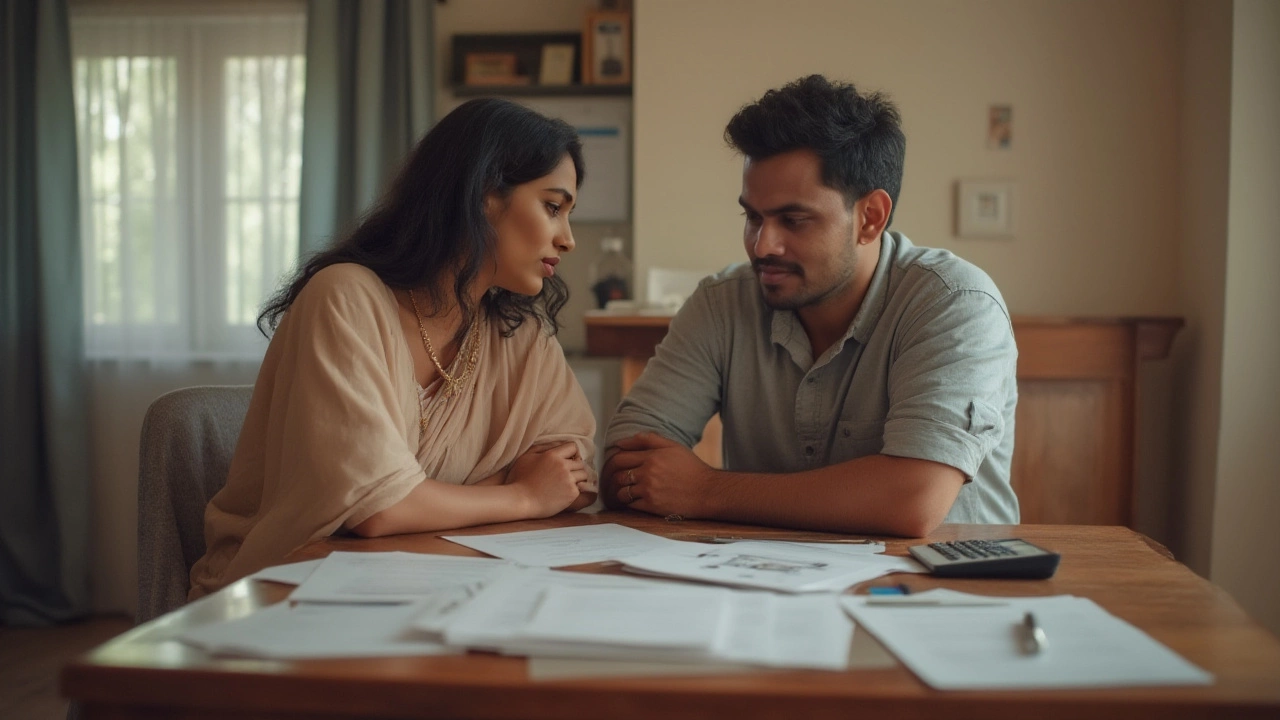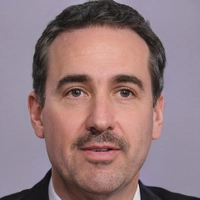Staring at a pregnancy test that just won’t budge? For plenty of hopeful couples across India, IVF feels like the final, determined push after months—sometimes years—of see-sawing hormones, doctor visits, and dashed hopes. But before setting foot in the fertility clinic, the first jaw-drop usually comes when couples hear the price: not just for the whole IVF process, but for each little vial and shot. Most people are shocked to learn that the IVF injection cost makes up a big chunk of total treatment expenses. And here’s the truth: the price varies a lot more than people expect. Ever wondered why the price tag swings so much—and what you can do to manage the costs? Let’s break it down and bring you right into the details.
Breaking Down IVF Injections: What Are You Paying For?
So, what are IVF injections anyway? Simply put, these are fertility drugs used to stimulate your ovaries to produce multiple eggs instead of the single egg you release naturally each cycle. More eggs mean a better chance of getting a healthy embryo in the lab. These injections are not like regular medicines—they’re specialty drugs, some imported, and most need careful storage. Each comes with a price tag that can tip the scales fast.
There are two big types of IVF injections:
- Ovarian stimulation injections: These include FSH (follicle-stimulating hormone) and hMG (human menopausal gonadotropin). Brand names you’ll hear in India include Gonal-F, Menopur, Follistim, and Puregon.
- Trigger shots: These release the mature eggs just before retrieval. hCG (human chorionic gonadotropin), with brands like Ovitrelle and HCG Injections, is most common.
- Antagonists/agonists: Suppress early ovulation (brands: Cetrotide, Lupron, Orgalutran).
How many injections will you need? That’s the million-rupee question! It depends on your age, your ovarian reserve (egg count), how your body responds, and your doctor’s protocol. Most women will jab themselves for around 10 to 12 days per cycle, often with two different shots per day. That’s a lot of medicine—and needles—from start to embryo transfer.
IVF Injection Cost in India: The Real Numbers in 2025
If you Google “IVF injection cost,” you’ll get a wild mix of answers—that’s because there’s no single price, even in one city. But as of July 2025, most clinics across Bangalore, Mumbai, Delhi, and other metros will quote between Rs 65,000 to Rs 1,80,000 for one full cycle’s set of fertility injections. Why such a giant gap? It comes down to three things: the type and brand of drugs, your individual protocol, and of course, location and markup.
Here’s a quick breakdown showing typical 2025 prices for major IVF injections (costs are for a full stimulation cycle, not per shot):
| Drug Type | Common Brands | Low-End Price (Rs) | High-End Price (Rs) |
|---|---|---|---|
| FSH Stimulation | Gonal-F, Follistim, Puregon | 45,000 | 90,000 |
| Menotropins (hMG) | Menopur, Repronex | 30,000 | 70,000 |
| Antagonists/Agonists | Cetrotide, Orgalutran, Lupron | 15,000 | 25,000 |
| Trigger Shots | HCG, Ovitrelle | 5,000 | 12,000 |
The brand name makes a big difference here. Imported brands like Gonal-F usually cost more than generic Indian versions. Some clinics push imported, arguing they’re “more effective,” but there is very little published science showing imported is always better. Don’t get bullied—ask questions and compare prices.
The other catch is that not all women respond to the standard dose. If your ovaries need more stimulation, expect the bill to go up, sometimes by Rs 10,000 to Rs 30,000, just because you need more vials. Age plays a role: women above 35 usually need higher doses.
Bangalore, where I live, tends to trend cheaper than Mumbai but pricier than mid-size cities; rural clinics are cheapest, but quality and drug authenticity can vary.
Why Is There So Much Price Variation in IVF Injection Cost?
Here’s the crazy part: One couple might spend Rs 70,000 on the exact same drugs while another forks out over Rs 1.5 lakh, often in the same city. Confusing, right? This happens due to:
- Clinic pricing: Some clinics add markups or bundle drugs into the main package.
- Brand choice: If your clinic always prescribes imported, pricier brands—ask if local generics are just as effective.
- How you react: Some women need extended stimulation or higher doses, so more ampoules and repeat purchases.
- Hidden add-ons: Pre-cycle medications, antibiotics, injectable progesterone (for luteal support), and “adjuvants” can bloat the bill fast.
- Availability and season: Supply shortages (not uncommon post-pandemic) spike costs, especially for imported drugs.
Pro tip: Always ask the clinic for a detailed drug list with MRP, and compare at three pharmacies. Don’t just trust one in-house distributor—legit, you can save up to 20% buying drugs from a larger pharmacy such as Apollo or Practo partner stores.
Another tip: Call and check expiry dates yourself if the price seems fishy. Some shady places offload near-expiry stock cheaply.
Unpopular opinion—don’t instinctively reach for cheap online sellers. Cold chain storage is super important: if those hormone drugs get warm, they’re basically dead, even if they look fine.

Can Health Insurance Cover IVF Injection Cost?
Real talk—most standard Indian health insurance plans don’t cover infertility treatments, definitely not IVF injections. But there’s a shift happening: a small number of “premium” insurance plans (think: Star Health, Aditya Birla, HDFC Ergo) now offer add-ons or standalone fertility coverage. These still don’t pay the full bill but might reimburse up to Rs 50,000 per IVF attempt, usually including drugs. Problem is, these packages often have strict eligibility, clauses, and you might need to wait two to four years post-enrollment to use them.
If you work for a big IT company or clutch government job, check your employee health policy—some HR packages now quietly add infertility coverage, especially if you work for newer-age unicorn startups or international MNCs.
Here’s what you can do regardless of insurance:
- Keep every invoice—some clinics lose their own bills by embryo transfer time.
- Ask your doctor to help with a reimbursement letter—sometimes, a well-worded one lets you claim under “hormonal disorder” even without official IVF coverage.
- Consider setting up a fixed deposit or monthly SIP for IVF—don’t gamble on getting insurance at the last minute.
Good news for the future: The Indian Ministry of Health and Family Welfare was reportedly in stakeholder meetings in late 2024 to make at least partial IVF coverage mandatory for new insurance plans by late 2026. It hasn’t happened yet, but that’s a policy to watch if you’re planning ahead.
Smart Ways to Save on IVF Injection Costs in 2025
It feels unfair that biology and bank balance should team up, but the reality is, IVF is stressful enough without money worries. Here’s a quick list of tricks and insider moves people use to keep the bills manageable, especially for the unpredictable cost of the injections:
- Shop around like a hawk: Don’t just trust one pharmacy. Ask for the written prescription with exact drug names and get quotations from three reputed pharmacies before buying. You’ll spot the price difference right away.
- Check for generic equivalents: Ask your fertility specialist if a more affordable generic is available. Many use Indian biosimilars now, especially for hMG and FSH injections.
- Watch for bulk discounts: Larger clinics and hospital-based pharmacies sometimes offer up to 10-15% off if you buy the full cycle’s course at once, instead of piecemeal.
- Split cycles, cut losses: If you’re on a split protocol (e.g., freeze-all, banking eggs/embryos), talk to your doctor about reducing stimulation—sometimes, less is absolutely fine, especially for PCOS patients.
- Ask about return policies: Some drugs expire fast. If you don’t use extra ampoules, see if the pharmacy will take back sealed packs. Even a 50% refund on one box is a win.
- Compare doctor’s own stock: Clinics sometimes offer "in-house pharmacy" deals, but these aren’t always cheaper—don’t be afraid to say you’ll purchase elsewhere (but always check for authentic, cold chain delivery).
- Join online support groups: Indian IVF WhatsApp and Facebook groups swap real-time deals, discounts, and even safe, legal swaps of extra (unopened, unexpired) drugs if local clinics allow.
Quick reminder: absolutely never use drugs from untrusted sources or those sold loose without batch and expiry details—hormone medicines must be traced from factory to fridge to you.
Final Thoughts: IVF Injection Costs and What’s Next
The cost of IVF injections in India isn’t small—it’s a real roadblock for many couples dreaming of a baby. But with the right knowledge, smarter planning, and a little negotiating, you can soften the blow. If you’re just getting started, ask your clinic about an itemized breakdown before you agree to anything. Don’t get lured in by too-good-to-true “packages” that bury the real price of drugs or use only imported brands. If you do get sticker shock, remember you’re not alone—joining a support group or even just reading real chat boards can help you stay grounded.
And here’s something most clinics won’t tell you: many people don’t succeed on their first cycle. Budget for two, maybe even three cycles, just so disappointment doesn’t double. A study in 2024 found that the average Indian couple goes through at least 1.8 IVF cycles before success.
| City | Low-End Cycle (Rs) | High-End Cycle (Rs) |
|---|---|---|
| Bangalore | 70,000 | 1,60,000 |
| Mumbai | 80,000 | 1,80,000 |
| Delhi | 75,000 | 1,50,000 |
| Chennai | 60,000 | 1,40,000 |
So that’s the real story, current as of July 2025. Take control, compare prices, know your options, and don’t be afraid to ask pointed questions. The process is emotional—but keeping your finances steady gives you a little peace of mind in the journey. Here’s to science, persistence, and your family’s future.






